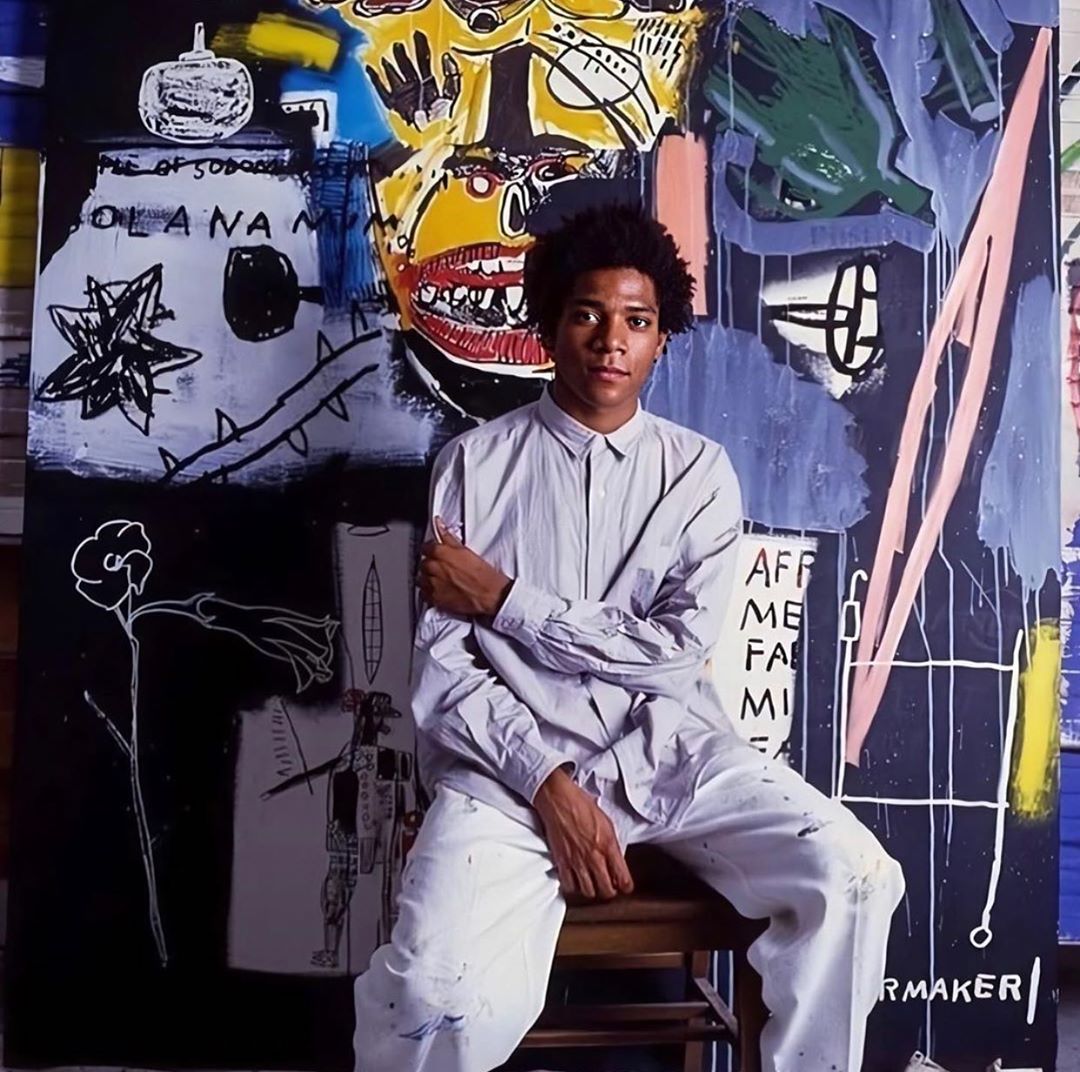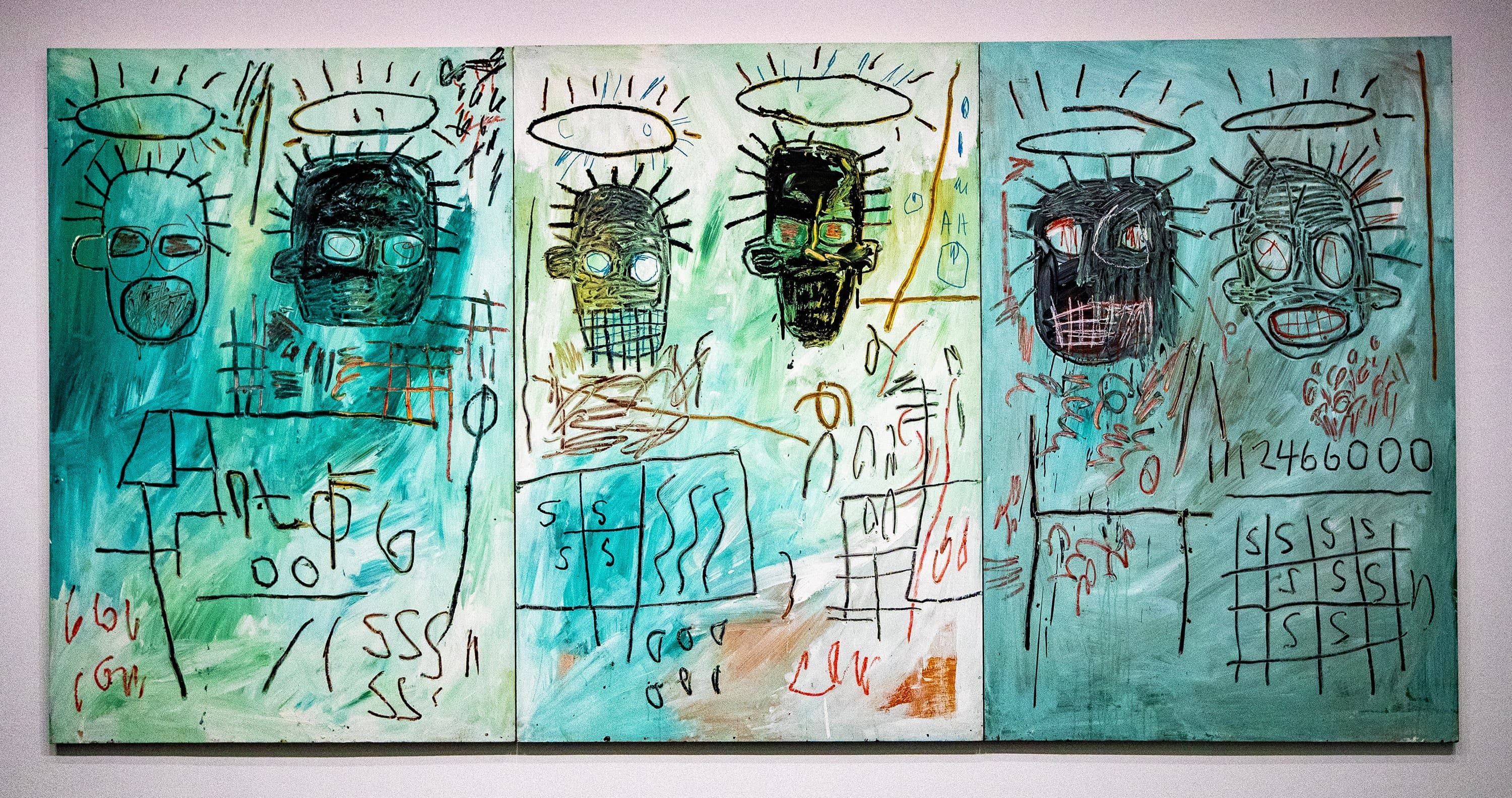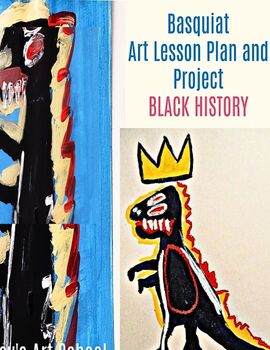
Early Life
Although Basquiat has long been considered a street artist, he didn’t grow up on the gritty streets of the inner city but in a middle-class home. The Brooklyn, New York, native was born on Dec. 22, 1960, to Puerto Rican mother Matilde Andrades Basquiat and Haitian-American father Gérard Basquiat, an accountant. Thanks to his parents’ multicultural heritage, Basquiat reportedly spoke French, Spanish, and English. One of four children born to the couple, Basquiat grew up in a three-story brownstone in the Boerum Hill neighborhood of Northwest Brooklyn. His brother Max died shortly before Basquiat’s birth, making him the eldest sibling to sisters Lisane and Jeanine Basquiat, born in 1964 and 1967, respectively.
At age 7, Basquiat experienced a life-changing event when he was hit by a car while playing in the street and lost his spleen as a result. As he recovered during a month-long hospital stay, the little boy became fascinated by the famous textbook "Gray’s Anatomy" given to him by his mother. The book has been credited as an influence in the formation of his experimental rock band Gray, in 1979. It also shaped him as an artist. Both of his parents served as influences as well. Matilde took young Basquiat to art exhibits and also helped him become a junior member of the Brooklyn Museum. Basquiat’s father brought home paper from this accounting firm that the fledgling artist used for his drawings.
SOURCE: CLICK HERE

Having to rely solely on his own wits and resources spurred Basquiat to earn a living and make a name for himself as an artist. The teenager panhandled and sold postcards and T-shirts to support himself. During this time, however, he also began to gain attention as a graffiti artist. Using the name SAMO, short for "Same Old Sh*t," Basquiat and his friend Al Diaz painted graffiti on Manhattan buildings that contained anti-establishment messages.
Before long, the alternative press took notice of the pair, which led to a heightened awareness of their artistic social commentary. An eventual disagreement led Basquiat and Diaz to part ways. Their last joint graffiti message, “SAMO is dead,” was found scrawled on countless New York building facades. SAMO's demise was given a send-off ceremony by fellow street artist-turned-media-phenom Keith Haring at his Club 57.

Basquiat, during his career, was awfully prolific. He created around 1500 drawings and 600 paintings, making him imminently collectible. He was one of the earliest “street artists” and “neo-expressionists” to become popular, marking a radical shift within the art scene at the time.
Those who love Basquiat speak to the eloquence and simplicity by which he displayed emotion, color palettes, and unrestrained use of line, shape, and composition. His admirers describe him as having “a highly individualistic, expressive view of the world.”

Basquiat the man and Basquiat the painter are hard to untangle. He lived hard and died harder (from an unintentional heroin overdose), and had more of the rock-star persona than the art aesthete about him, a cool celebrity sparkle that didn’t always work in his favour. Some art connoisseurs find his work hard to take seriously; others, though, have an immediate, almost visceral response. To me, a non-art critic, his work is fantastic: it feels contemporary, with a chaotic, musical sensibility. It’s beautiful and hectic, young and old, graphic, arresting, packed with ambiguous codes; there’s a questioning of identity, especially race, and a sampling of life’s stimuli that takes in music, cartoons, commerce and institutions, as well as celebrities and art greats.
SOURCE: CLICK HERE

